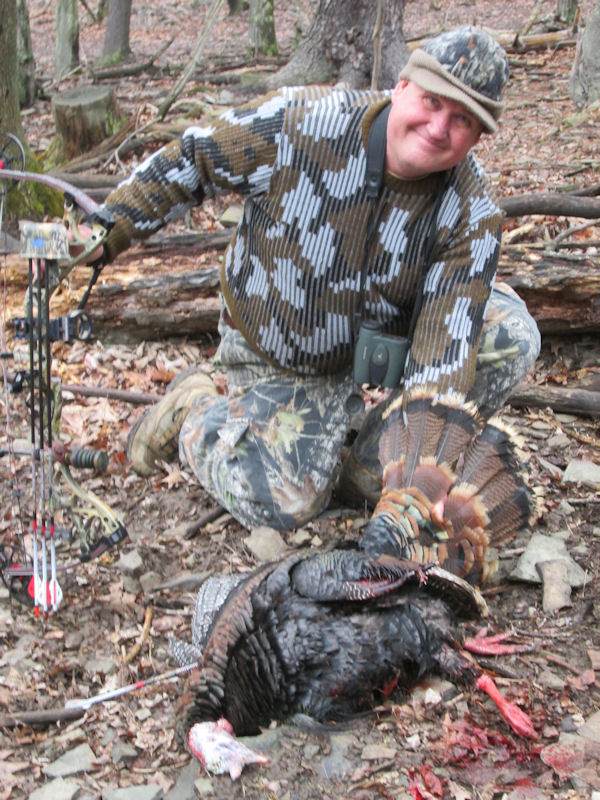
Turkey hunting is an exhilarating sport that combines skill, patience, and a deep understanding of the environment. One of the most influential factors in this outdoor activity is the weather, which can dramatically alter the behavior of turkeys and the outcome of your hunt. Whether you’re a seasoned hunter or new to the sport, knowing how to use the weather to your advantage can make your next turkey hunt at a place like Tioga Ranch not just successful, but truly memorable.
How Temperature Affects Turkey Behavior
Temperature plays a crucial role in turkey activity. On chilly mornings, turkeys tend to leave their roost later in the day as they wait for the sun to warm up the ground. This behavior can be advantageous for hunters who prefer to start their day a bit later. Conversely, during warmer periods, turkeys are likely to be more active earlier in the day, which means hunters need to adjust their schedules accordingly to maximize their chances of a successful hunt.
Rain and Turkey Hunting
Rain can be a friend or foe to turkey hunters. Light rain, for instance, can be beneficial as it muffles the sounds of a hunter’s movements, allowing for stealthier approaches toward your target. However, heavy rain can lead to quieter woods and less turkey activity, as these birds tend to hunker down to stay warm and dry. A savvy hunter uses this downtime to scout for prime locations as turkeys are more predictable when they start moving again.
Wind: The Double-Edged Sword
Wind affects turkey hunting in several ways. High winds can make hearing and calling turkeys more challenging, as the gusts carry away sounds. However, windy conditions might also cause turkeys to roam in search of sheltered areas where they feel secure from the elements and predators. Understanding wind patterns can lead hunters to these hotspots, where turkeys are likely to gather.
Strategies for Weather-Dependent Turkey Hunting
Sunny Days
Bright, clear days are often perfect for turkey hunting. Turkeys are active, feeding, and more visibly strutting, which makes them easier to spot. During these conditions, positioning yourself along a path to a feeding area can be a successful tactic. Turkeys will likely follow these routes to and from their food sources.
Adjusting to the Elements
Adapting to changing weather conditions is key. For instance, if a sudden rainstorm hits, knowing how to quickly change your location or tactics can keep your hunt from ending prematurely. This might mean moving to lower ground or nearer to thickets where turkeys find shelter.
Using Weather to Your Advantage
Every weather condition presents unique opportunities. For example, after a storm, turkeys often resume their activities and can be more vocal. This is an excellent time for calling. By understanding these patterns, you can increase your chances of encountering turkeys.
When planning a turkey hunt, it’s important to consider long-range weather forecasts. This doesn’t mean you need to become a meteorologist, but having a general understanding of expected weather conditions can help you plan your strategy and gear. Moreover, always be prepared for sudden weather changes by carrying appropriate clothing and equipment.
Choosing a guided hunt, like those offered at Tioga Ranch, can greatly enhance this aspect of your planning. Experienced guides are not only familiar with the behaviors and habitats of turkeys in various weather conditions, but they also offer invaluable insights that only come with years of tracking and observing these elusive birds.
Now’s the perfect time to book your guided turkey hunt. Don’t wait until you hear “We’re all filled up”—contact us today to reserve your spot and ensure your next hunting adventure is marked on the calendar. Call us at 570-835-5341 to discuss your ideal hunting dates and prepare for an unforgettable outdoor adventure.
